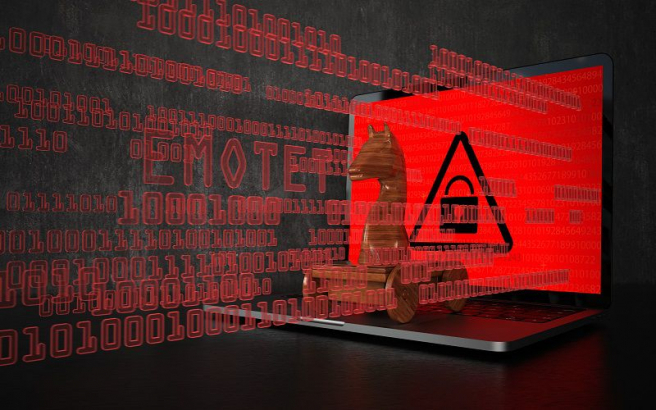Threat analysis studies: Mekotio, FluBot, Cring and WannaMine
Posted on 15/04/2021, by
INCIBE (INCIBE)

Various studies with threat analysis or malware distribution campaigns affecting Spain and identified through incident management undertaken by INCIBE-CERT. The aim is to increase knowledge of the more technical details and characteristics of the threats so that organisations can implement appropriate detection and protection measures.
Etiquetas














